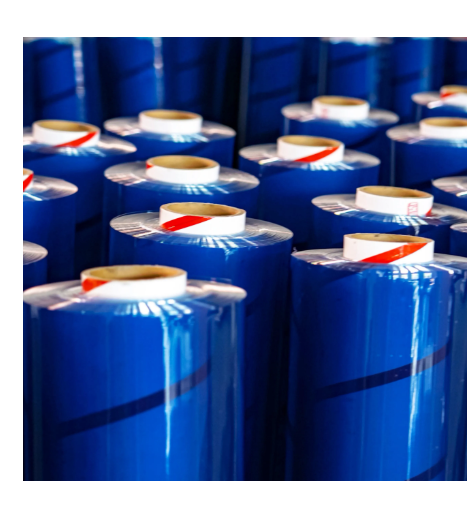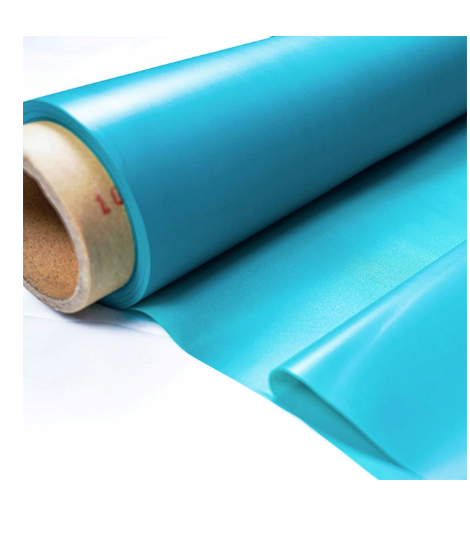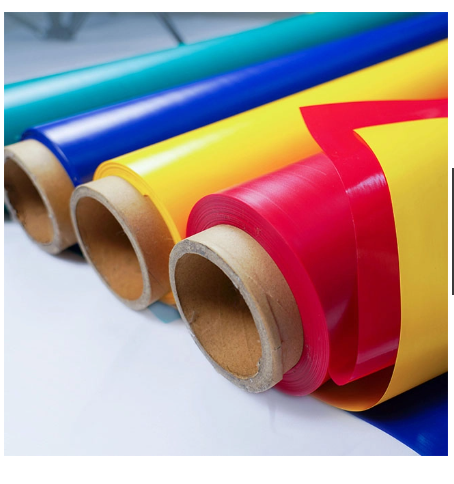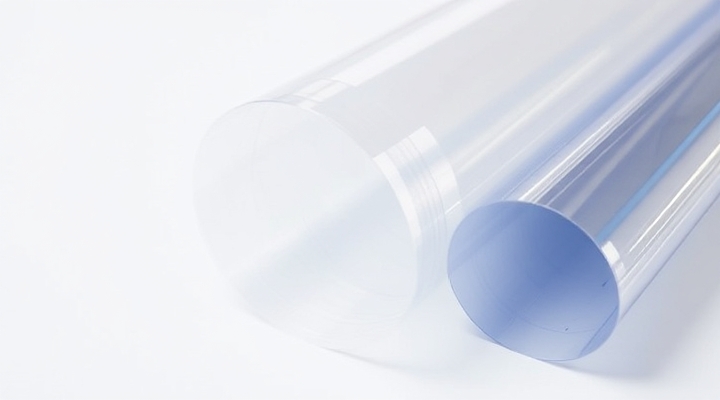
2025-09-15 This article explores the melting points of various plastics and their impact on manufacturing and product design. It highlights key factors influencing melting points, such as polymer structure and additives. Common plastics like polyethylene, polypropylene, PVC, and engineering materials like PEEK are discussed, with their respective melting point ranges and properties. Understanding the melting point is crucial for optimizing manufacturing processes, ensuring product durability, and minimizing defects. The article emphasizes the importance of choosing the right plastic based on melting point to ensure quality and efficiency in production.
Read More 
2025-09-14 Removing paint from plastic requires caution to avoid damage. Harsh chemicals can melt, warp, or discolor plastic, so it's important to choose the right solvents. For latex paint, use water-based removers or rubbing alcohol, while oil-based paint may require mineral spirits or paint thinners. Always test solvents on a small area before use. Tools like soft plastic scrapers and heat guns can help, but should be used gently to prevent scratching. For spray paint, rubbing alcohol or plastic-safe paint removers work well. Safety gear and proper ventilation are essential when working with solvents.
Read More 
2025-09-13 This article explores the melting points of various plastics, explaining how they soften and flow at different temperatures. Plastics are categorized into thermoplastics, which can be reshaped, and thermosets, which once molded, cannot be remelted. The melting point varies by material, with common plastics like polyethylene, polypropylene, and polycarbonate having different temperature ranges. Factors such as crystallinity, molecular structure, and additives affect melting points. Understanding these characteristics is essential for choosing the right plastic for manufacturing processes like injection molding, extrusion, and blow molding. Proper temperature control ensures optimal performance and product quality.
Read More 
2025-09-12 Regularly cleaning your plastic shower curtain is essential for maintaining a fresh, healthy bathroom. Mold and mildew thrive in damp conditions, causing health issues and unpleasant odors. Cleaning methods include machine washing with mild detergent and vinegar, hand washing with a detergent solution, or spot cleaning with a vinegar-water solution while hanging. For long-lasting cleanliness, keep the curtain dry, use a shower cleaner spray, and wipe it down after use. Avoid harsh chemicals and always follow care instructions. Regular maintenance every 3-6 months will extend the life of your plastic shower curtain and prevent tough stains.
Read More 
2025-09-11 Permanent marker stains on plastic can be tough to remove due to the ink's strong bond with the surface. However, there are several effective and safe methods to tackle these stains. Rubbing alcohol, dry-erase markers, and hydrogen peroxide are great options for dissolving the ink. A Magic Eraser can also scrub away the stain without damaging the plastic. For stubborn marks, WD-40 or a toothpaste and baking soda paste may help. To prevent future stains, consider using washable markers or applying protective coatings. These methods will keep your plastic items looking fresh and clean.
Read More 
2025-05-27 Choosing the wrong plastic film can cost your business thousands of dollars. It can also harm the environment significantly.PET and PVC films dominate today's packaging industry. Both materials serve different purposes and applications.Many businesses struggle to choose between these two options. Th
Read More 
2025-01-16 In the competitive world of product packaging and retail, the way a product is presented is just as important as the product itself. Whether it’s food, cosmetics, electronics, or pharmaceuticals, attractive and functional packaging can significantly influence a consumer’s buying decision.
Read More 
2025-01-12 Packaging plays an integral role in today’s consumer-driven world. It's no longer just about protecting products; packaging has become an essential element of brand identity, sustainability, and product appeal.
Read More 






